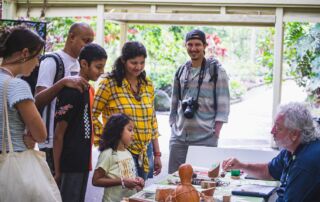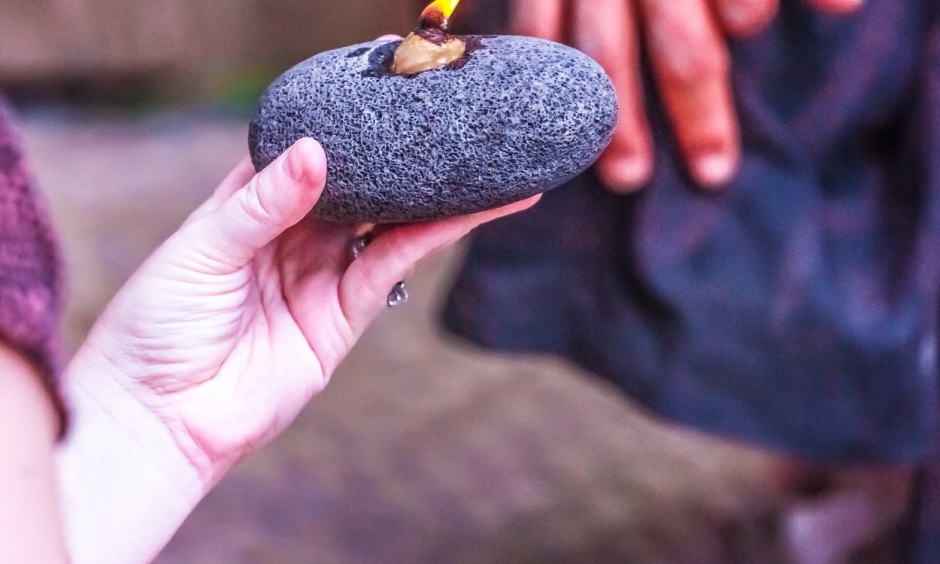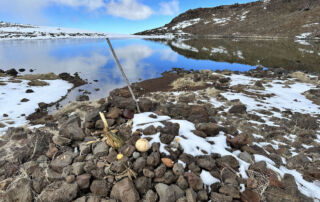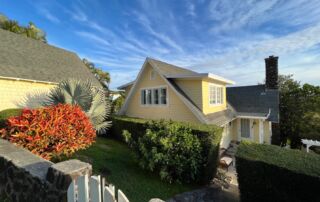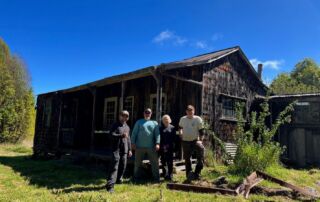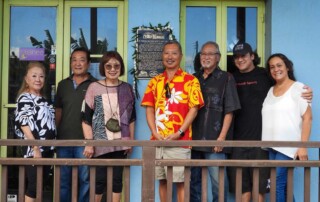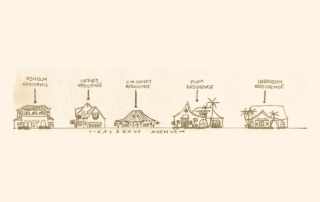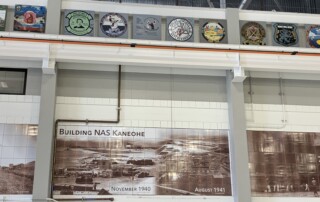Welcome to America’s Chinatowns Campaign
Explore the history of Chinatowns in the United States through a new storytelling collection and learn how they foster belonging and connections today. The National Trust for Historic Preservation has partnered with Google Arts & Culture and collaborated with over 14 organizations and eight individual artists and creators to create a unique collection of stories about Chinatowns across the United States. The partnership builds on the National Trust’s 2022 America’s Chinatowns Initiative*, created to address a growing need to support historic Chinatowns in the United States through researching and building coalitions for that purpose. "It is long past due to ask what more the national preservation community can do to amplify existing grassroots action to support Chinatowns now and in the future." ~Di Gao, senior director of research and development at the National Trust and leader of the America’s Chinatown initiative. The vibrant online storytelling hub, Welcome to America’s Chinatowns, launched May 9, 2024, chronicles the histories and threats facing Chinatowns nationwide. View the hub HERE. Historic Hawai‘i Foundation is honored to be a participating organization, sharing a glimpse of Honolulu’s Chinatown. View HHF’s page which includes photography by Cliff Kimura, historical interpretation by local historian Gary Coover and documentary shorts by filmmakers Kimberlee Bassford and Robin Lung as part of the collection. Often the gateways for new immigrants, Chinatown’s across the United States are an integral part of our shared history and yet are increasingly threatened by economic challenges, gentrification and development. To draw attention to their history and challenges, the Welcome to America’s Chinatowns collection sheds light on what makes each a unique cultural repository by sharing stories about the businesses, individuals and organizations that live, work and play in our Chinatowns. [...]



